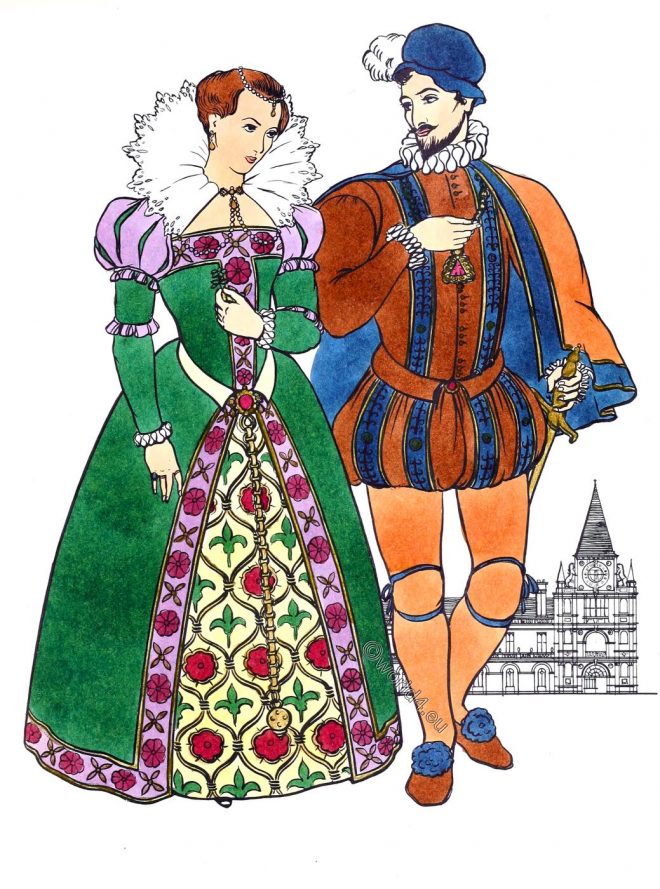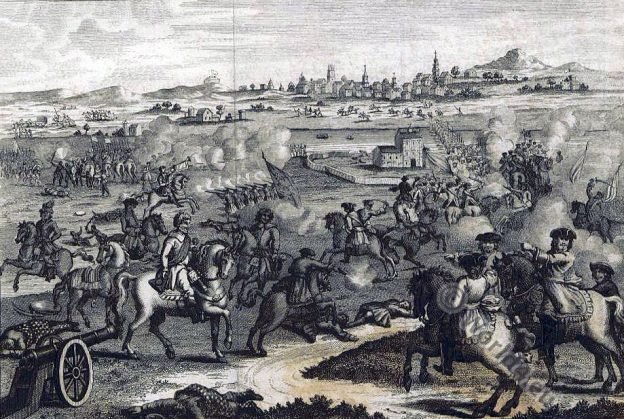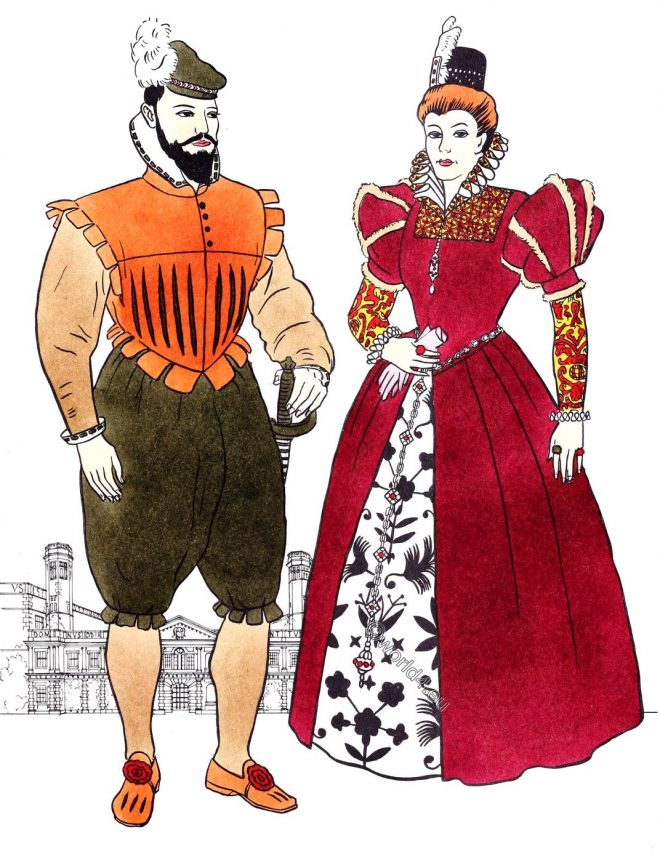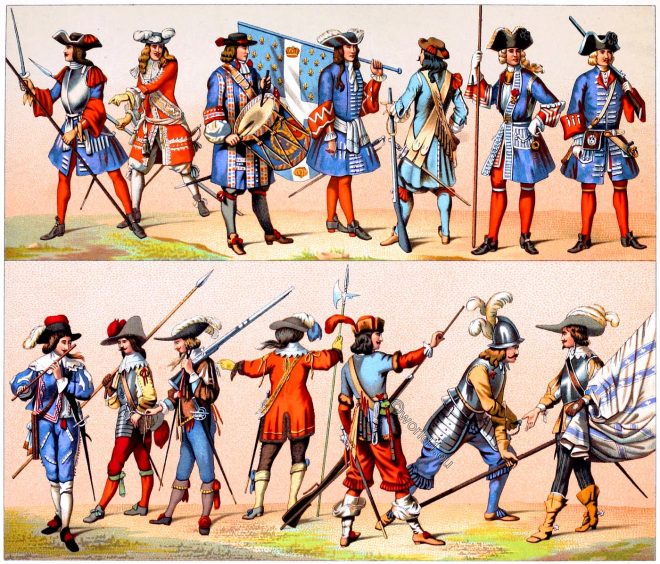BEAUTIFUL horns of hammered and embossed bronze belonging to the Corporations of Canterbury and Dover.
Category: Fashion History
Feminine Elizabethan ensemble of the 16th c. England Tudor era.
The woman shown here might very well be the Queen herself.
The Royal Château de Blois, Loir-et-Cher.
The Palace of Blois affords an example of successive changes in the buildings, from the original castle to the period of the Renaissance.
Typical and splendid examples of Elizabethan clothing.
The Elizabethan era is probably regarded by many as the most dramatic and colorful period in the history of western dress.
The escape of Charles II after the Battle of Worcester, 1651.
King Charles II escaped, and now entered upon a scene of adventures the most romantic that can be imagined.
Elizabethan. Explorer of noble rank. Woman of the upper classes.
Tudor period. English Renaissance. Explorer of noble rank. Woman of the upper classes. Elizabethan fashion history.
Armaments of war from 1350 to about 1460. France. Middle ages.
War armour from 1350 to about 1460, in the period of the Hundred Years War. The development of the Bascinet helmet of the knight’s armour in the Middle Ages
Elizabethan peasant costume scene. Woman with children 1550-1620.
England Tudor. Elizabethan peasant costumes 1550-1620.
Uniforms of the French Guards since their creation. Costumes of Soldiers.
The French guards since their creation. Soldiers in the 17th and 18th century. Uniforms of Pikiner, Flag bearer, Tambour, Musketeer, Officer.
Ornamentation of hangings and stuffs. Embroidery and designs for inlaying. Middle ages.
Polychromatic ornament by Auguste Racinet. THIS plate contains twenty-two examples of the ornamentation of hangings and stuffs, all of them remarkable for simplicity of design.










